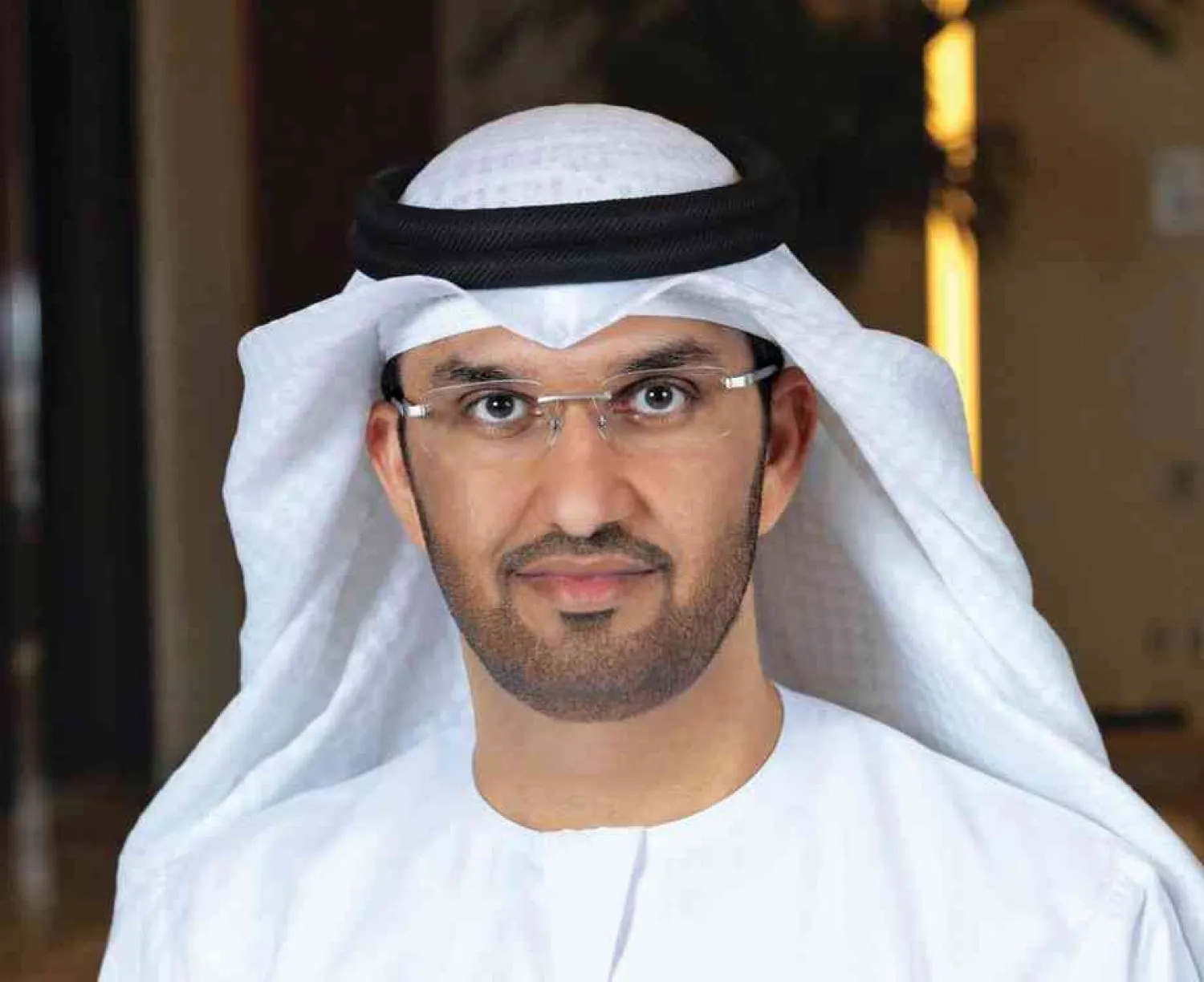Saudi Arabia sharpened its push into artificial intelligence infrastructure on the sidelines of the World Economic Forum in Davos, as the National Infrastructure Fund, known as Infra, unveiled a framework agreement for up to $1.2 billion in strategic financing with HUMAIN, a Public Investment Fund-owned company, to back the expansion of AI and digital infrastructure across the kingdom.
Infra’s chief executive officer, Esmail bin Mohammad Alsallom, said in an interview with Asharq Al-Awsat that the announcement was “an extension of the fund’s role in supporting new categories of infrastructure assets that are seeing accelerating demand,” adding that developing advanced infrastructure, including digital infrastructure, is “a fundamental requirement for achieving the goals of Vision 2030.”
Crown Prince Mohammed bin Salman, prime minister and chairman of the Public Investment Fund, launched HUMAIN on May 12 to develop and manage artificial intelligence solutions and technologies, and to invest across the sector’s ecosystem.
Under the non-binding agreement, the parties set out financing terms to develop up to 250 megawatts of hyperscale AI data centers for HUMAIN, relying on advanced graphics processing units to train and run artificial intelligence models.
The facilities are intended to meet the company’s customers’ needs locally, regionally, and globally, according to an official statement from HUMAIN.
The statement said Infra and HUMAIN had also agreed to explore the creation of an AI data center investment platform anchored by both parties and structured to allow participation by local and global institutional investors, supporting the expansion of HUMAIN’s strategy in the sector.
HUMAIN chief executive officer Tareq Amin was quoted in the statement as saying that demand for advanced computing capacity is accelerating, and that the agreement positions the company to respond quickly and at scale.
He added that the goal is to deliver world-class AI data center infrastructure that companies can rely on as their computing needs become more complex.
Bridging financing gaps
Alsallom said the National Infrastructure Fund’s role is to bridge financing and structural gaps that some strategically essential infrastructure projects may face.
This role is vital at stages when commercial financing alone cannot meet funding needs, whether because of the size of the investment, its long time horizon, or the nature of the associated risks.
He said the fund’s focus is not simply on financing projects, but on enabling them to become investable and attractive to private capital, especially institutional investors, in ways that enhance sustainability and reduce reliance on direct government funding.
Expanding infrastructure asset classes
Alsallom described the framework agreement with HUMAIN as an extension of the fund’s support for new infrastructure asset classes experiencing rapid demand growth, foremost among them digital infrastructure and AI data centers.
He said such assets typically require significant, long-term capital investments and often need funding at early stages before they meet the conditions of traditional financing.
From this perspective, the fund’s intervention at this stage aims to raise market maturity, define appropriate financing structures, and enable broader, more sustainable participation by institutional investors.
A comprehensive approach
Asked whether the move signals a new focus on artificial intelligence, Alsallom said the fund does not target sectors as such, but instead focuses on the impact of infrastructure projects in supporting and enabling economic growth.
“Artificial intelligence today depends on an interconnected ecosystem of infrastructure assets, including energy, water, telecommunications, and data centers,” he said.
“When these projects become an important element in achieving sustainable economic development goals and attracting investment, the fund’s involvement is a natural extension of its role, regardless of the end sector these assets serve.”
Flexible financing solutions
Comparing the fund’s role with traditional commercial financing, Alsallom said its added value lies in aligning financing structures with the nature of the underlying asset.
“In new infrastructure projects, or those undergoing a transition in their operating or financing models, risks may be unbalanced or returns long-term in a way that does not suit traditional commercial financing,” he said.
“In this context, the fund provides flexible financing solutions that help encourage private sector participation, mitigate risk and support the financial sustainability of projects, without disrupting market balance or crowding out commercial finance.”
An AI data center investment platform
Alsallom said studying the creation of an AI data center investment platform reflects the fund’s approach of viewing such assets within an integrated framework rather than as standalone projects.
The aim, he said, is to build a scalable, repeatable model that enables asset aggregation, standardization, and the attraction of long-term capital from local and international institutional investors, thereby enhancing financing efficiency and investment sustainability.
Financial sustainability and private sector participation
In a broader context, Alsallom linked this approach to the objectives of Vision 2030, which aim to build a diversified, productive, and investment-attractive economy.
He said that developing advanced infrastructure, including digital infrastructure, is a prerequisite for that goal, and that the fund’s role is to accelerate this development in a financially sustainable way while strengthening private-sector participation.









